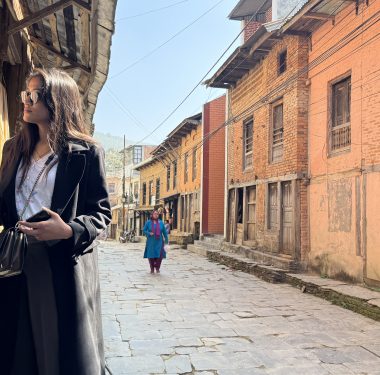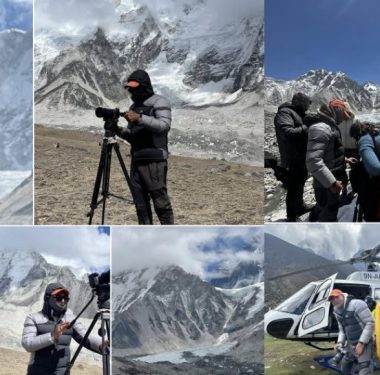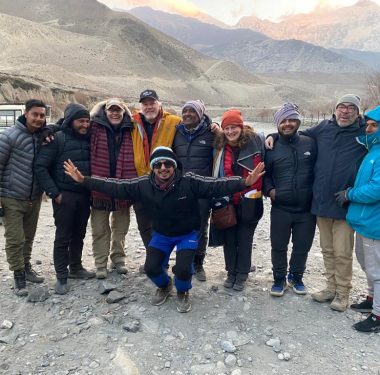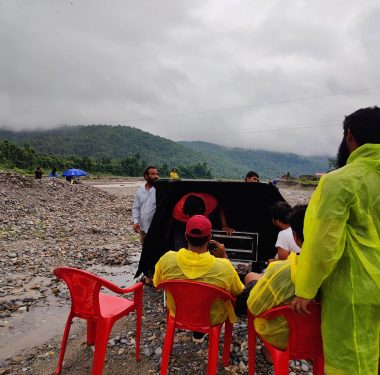Nepal’s diverse climate can offer a variety of settings for filming, but the best weather conditions often depend on the region and what kind of look you’re going for. Here’s a general guide:
- Autumn (September to November): This is arguably the best time for filming in Nepal. The weather is generally clear and dry with stable temperatures. The skies are often clear, offering great visibility and stunning views of the Himalayas. The landscape is lush and green after the monsoon season, and the air is crisp, which can enhance the overall visual appeal of your shots.
- Spring (March to May): Spring is also a good time to film. The weather is warm and pleasant, and the natural scenery is vibrant with blooming rhododendrons and other flowers. This can add a colorful and lively backdrop to your footage. However, the weather can be slightly unpredictable as you approach the monsoon season, so some days might be cloudy or rainy.
- Winter (December to February): Winter in Nepal can offer stunning snowy landscapes, especially in the higher altitudes. The weather is generally clear, but temperatures can drop significantly, particularly in the mountains. This is ideal for capturing snow-capped peaks and winter scenes, though it may require careful planning to handle cold weather and potential snow-related challenges.
- Monsoon (June to August): The monsoon season brings heavy rains, which can make filming difficult due to wet conditions and potential landslides, especially in hilly areas. However, the rain can bring lush greenery and dramatic clouds, which might be desirable for certain types of scenes. Just be prepared for the logistical challenges that come with the season.
Overall, autumn and spring are typically the most favorable for filming due to the stable weather and clear conditions.





